Opinion
How Far Can a Mega-Gallery Expand? Kenny Schachter Shares His Predictions for 2019
Writing from the art world's holiday haunt of St. Moritz, our columnist ventures a few thoughts on what the year ahead might bring.
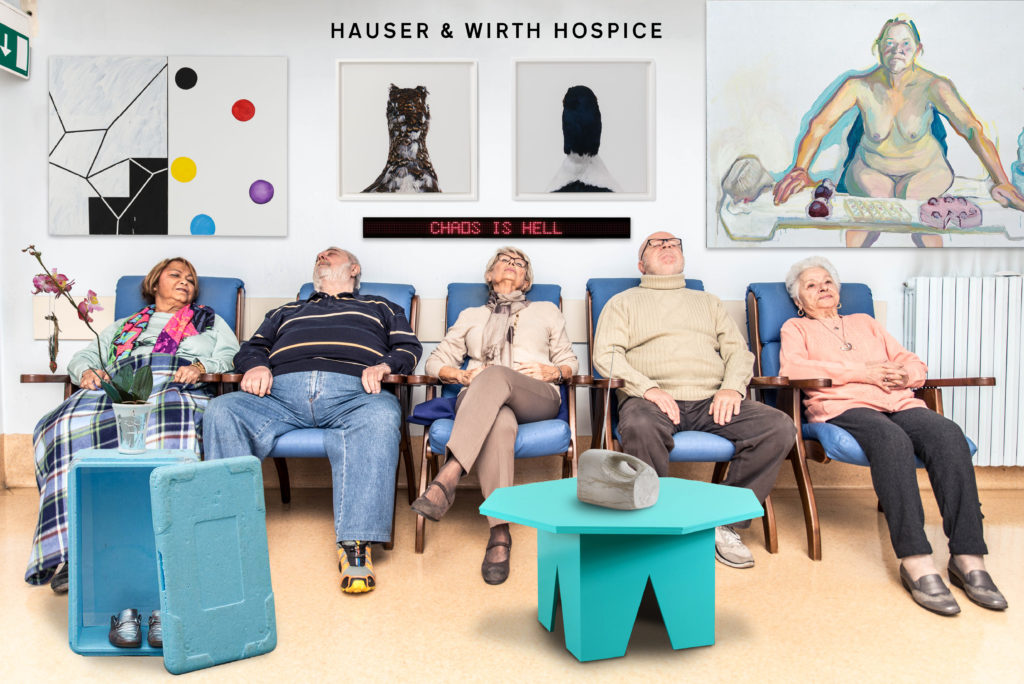
Writing from the art world's holiday haunt of St. Moritz, our columnist ventures a few thoughts on what the year ahead might bring.

Kenny Schachter

The Top of the World! At an altitude of 5,466 feet, the tagline of St. Moritz makes perfect sense, but it may soon be better known as the Top of the Art World. There are around 30 international galleries and museums in the Engadin Valley, a region that has long been known to attract artists including the Giacometti family, Ferdinand Hodler, Giovanni Segantini, Vaslav Nijinsky, Gerhard Richter, Richard Long, and Joseph Beuys. Later, under the tutelage of the dealer Bruno Bischofberger—who first opened a gallery in St. Moritz in 1963—that roster grew to include Julian Schnabel, Jean-Michel Basquiat, Francisco Clemente, and George Condo, who have all visited and painted chez Bruno.
But there are changes afoot that reflect larger trends in the art world—instead of a community of artists evoking the sunshine that violently ricochets off the mountains and lakes, there is a feeding frenzy of art dealers and spec-u-lectors tripping over each other in search of the next deal. St. Moritz is the perfect getaway/gateway for art fanatics, where the usual art-market suspects have taken to living as large as their clients, surrounded by the idyllic Alps. It’s so art up here!
On hand were Sprüth Magers Lee (even though the partnership between Monica Sprüth, Philomene Magers, and Simon Lee dissolved long ago), Per Skarstedt (there have been no KAWS sightings in the mountains… yet), Gerard Faggionato (about to open in Mexico City), Xavier Hufkens, Gisela Capitain, Sotheby’s David Schrader, Max Hetzler and Samia Saouma, Adam Sheffer, and Ales Ortuzar. Collectors Peter Brant (with a smattering of his nine offspring), Leon Black, Michael Xufu Huang (of Beijing’s M Woods Museum), and Korean curator Jiyoon Lee rounded off this incomplete list of sightings.
Oh, and, of course, Hans Ulrich Obrist, who will undoubtedly curate the first relational-aesthetics show on Mars and was himself the subject of an exhaustive exhibit of 50 small portraits by the critic, curator, and dealer Francesco Bonami at Galerie 107 in nearby Chanf.
There is nothing casual about the privileged public display of wealth in St. Moritz, usually at the expense of little furry animals. I never fully comprehended the notion of late capitalism—people make money in as many inventively callous ways as technology permits—but perhaps it’s reflected in the expansive growth of the moneyed class. Can you remember when being a mere millionaire meant something? Then you’re as old as me. One evening, the colossal diamond of a passing guest at a restaurant (equal in value to the GDP of a small country) went flying off her ear and nearly dislocated my shoulder.
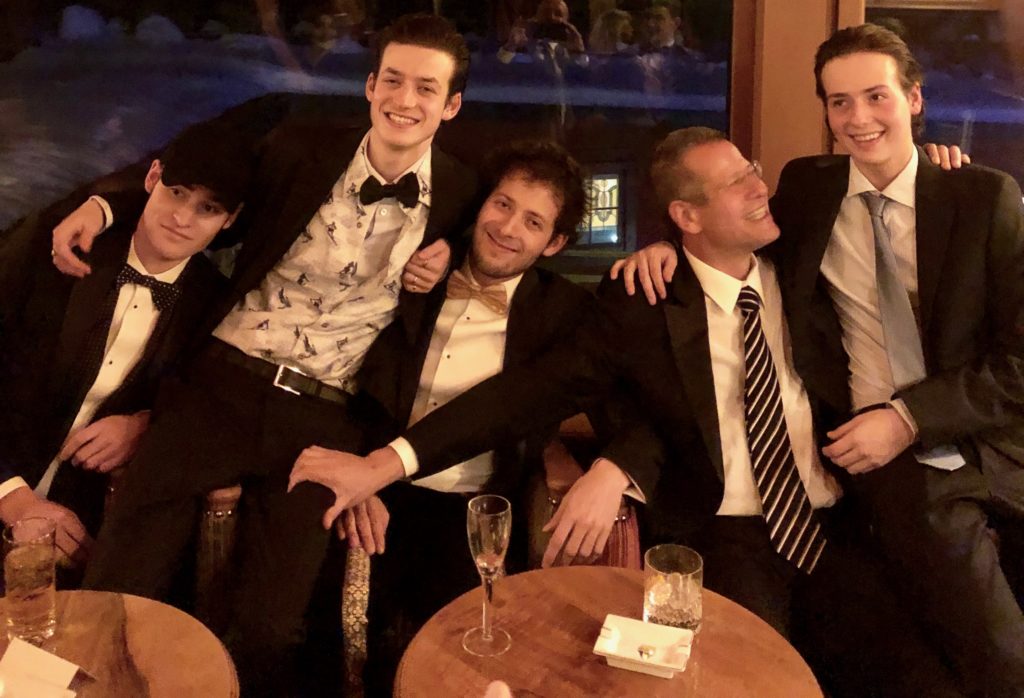
Happy pappy with the clan, with fashion designer/artist wife Ilona Rich on the camera. Photo by Ilona Rich.
As far as the strange novelties in the current art world, what is happening is that we’re seeing the private-bankization of dealerships where gallerists are growing to resemble a hybrid of financiers and derivative investors—art arbs (aka arbitragers)—who sniff out opportunities like truffle pigs, often at the expense of their traditional client base. What sets today’s dealers apart from those in periods past is their sheer wealth, whether inherited or generated through industrious art-trading—or a combination of both. Dealers are their own clients and, from St. Moritz to St. Barts, they cut a wide swath through the world’s leading luxury locales (where there are invariably likeminded others nearby).
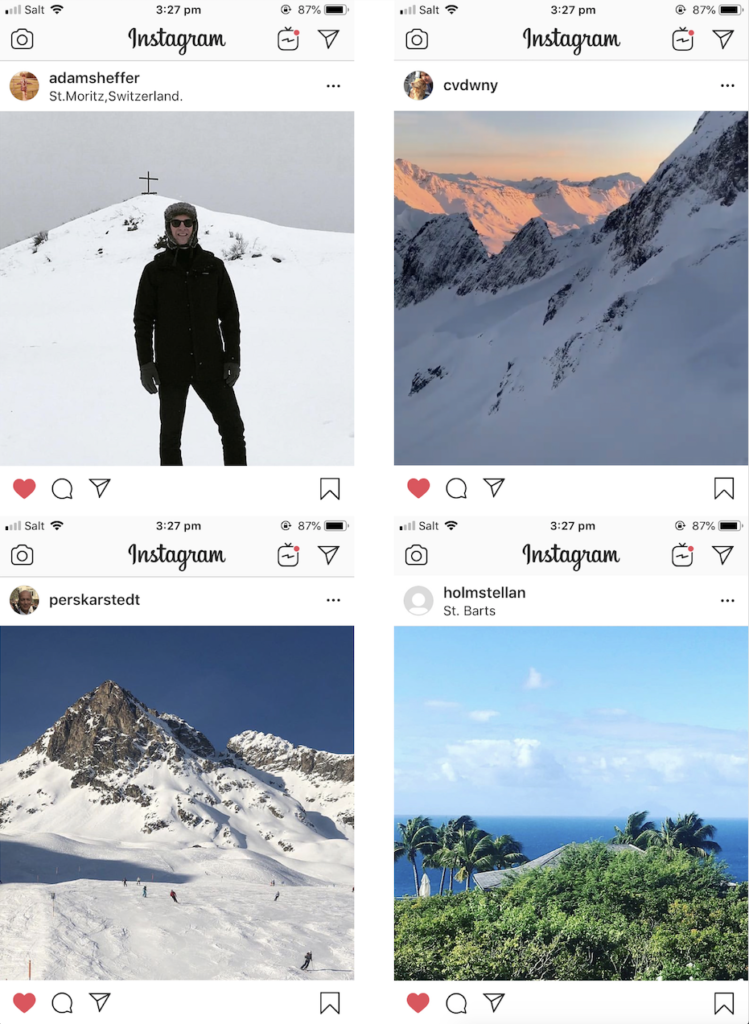
Dealers are the new clients—it could be worse. Screen grabs courtesy of Kenny Schachter.
Dealers as equity players is a world away from the tradition of nurturing relationships and connoisseurship. Yes, there was Joseph Duveen, who in the late 1920s and early ’30s would have given Larry G a run for his Warhols, but what I am referring to is of an altogether different degree. And it’s not just the transformation of the trade—there’s also a role-reversal going on: investors are buying and selling as never before via the guarantee game—the art market’s commodity pit—including Steve Cohen, Dan Sundheim, the Fertitta brothers, David Ganek, and even the Qatar Museum Authority. And markedly, an increasing number of galleries (more than ever) are in on the action.
A famous singer/collector recently told a gallery-owning friend (that’s not a contradiction) that art dealers are a step above drug dealers—which may be true, but they both undeniably satisfy ravenous needs.
Hauser & Wirth, established in Zürich in 1992, is manically exploding the notion of art tourism and shows no sign of abating. Forget the nine galleries—there are restaurants, hotels, a farm (!), shop, a magazine, education programs, and even a not-for-profit. Am I forgetting something? Christ, you can even get married at Hauser’s Somerset retreat in the English countryside. What’s next, a hospice to die in surrounded by Phillip Guston, Louise Bourgeois, and other loved ones? The mothership might be renamed Hauser Hospitality Inc.
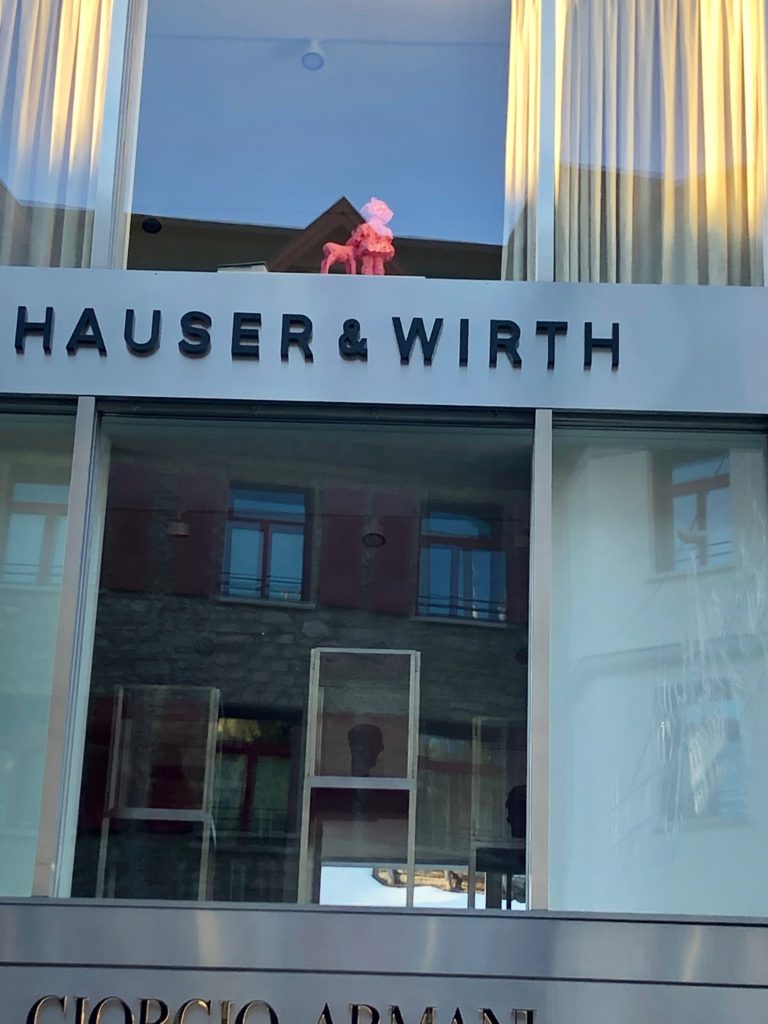
The warm glow of the Palace Hotel, among the world’s most expensive, reflecting in Hauser & Wirth’s latest abode. Photo courtesy of Kenny Schachter.
In the face of Gmurzynska Gallery’s retreat from St. Moritz this season, guess who rolled into town? Actually, Hauser’s takeover of the Gmurzynska space, in the glow of the 50-star Palace Hotel—with their pornographic prices it may as well have that ludicrous accreditation—was a welcome change. The gallery launched with late works by Bourgeois, a series of black-caged heads ranging from $1.5 million to $5 million, with monoprints for under $500,000.
Surprise, surprise, the art world is often not the happiest of places, even in such beatific surroundings. Although the show seemed innocuous enough, it takes on another meaning if you’re the legendary gallerist Karsten Greve, who opened his eponymous St. Moritz space in 1999—20 years previous to the day—with an exhibition of Bourgeois, who he previously represented for ages. Ouch. To make matters worse (for Karsten) Hauser recently took over representation of the estate of Italian sculptor and ceramicist Fausto Melotti, who happened to have an exceptional show nearby at Monica de Cardenas in Zuoz, with work priced from €6,000 to €950,000 (grab something if you can). Furthering the tension, Hauser and Greve also hung dueling Twombly paper works, on offer at $6.5 million and $7.5 million, respectively.
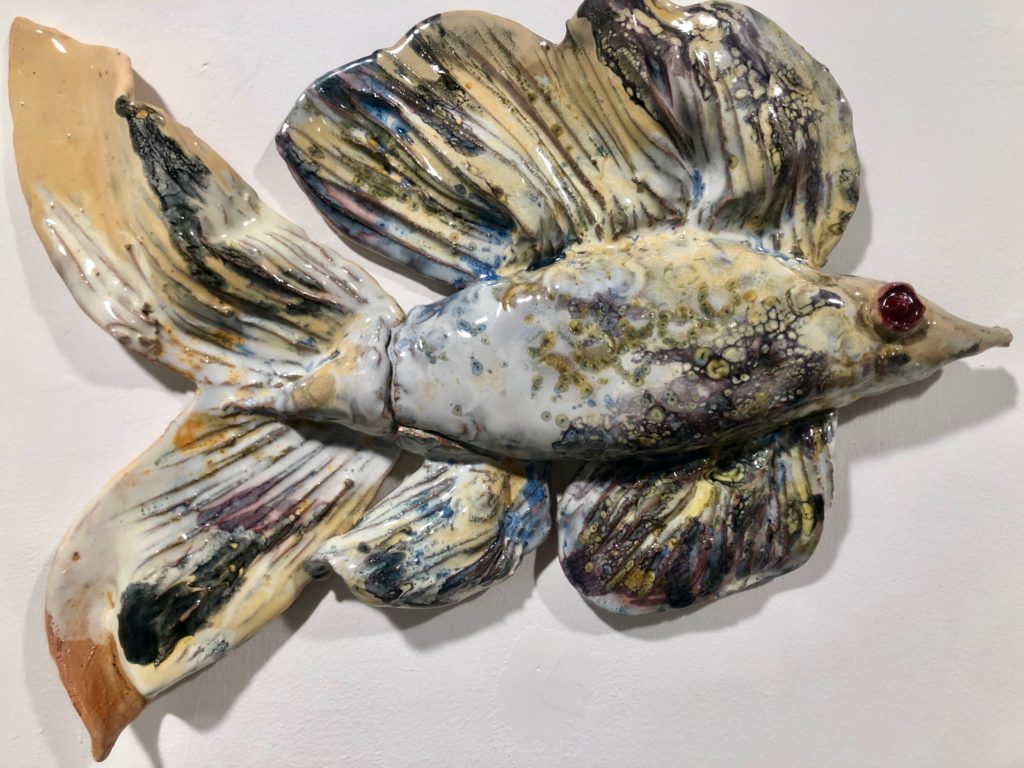
Perfect for the pescatarian: Fausto Melotti at Monica de Cardenas. Photo courtesy of Kenny Schachter.
Is this the first salvo in a St. Moritz art war, where galleries poach artists and in turn undercut each other on inventory to take back market share? The sniping among dealers was admittedly a bit more keyed-up than usual. There were George Condo dealers past and present on hand, which certainly must have put the former group on an edge steeper than the slopes. Andrea Caratsch, who previously represented Condo (under the auspices of Bruno), presented an expansive selling show with prices up to $2.8 million for a monumental early canvas, Satyricon from 1989, that previously sold to a group including Caratsch at auction in 2007 for $408,000. George has a lot to celebrate this new year.
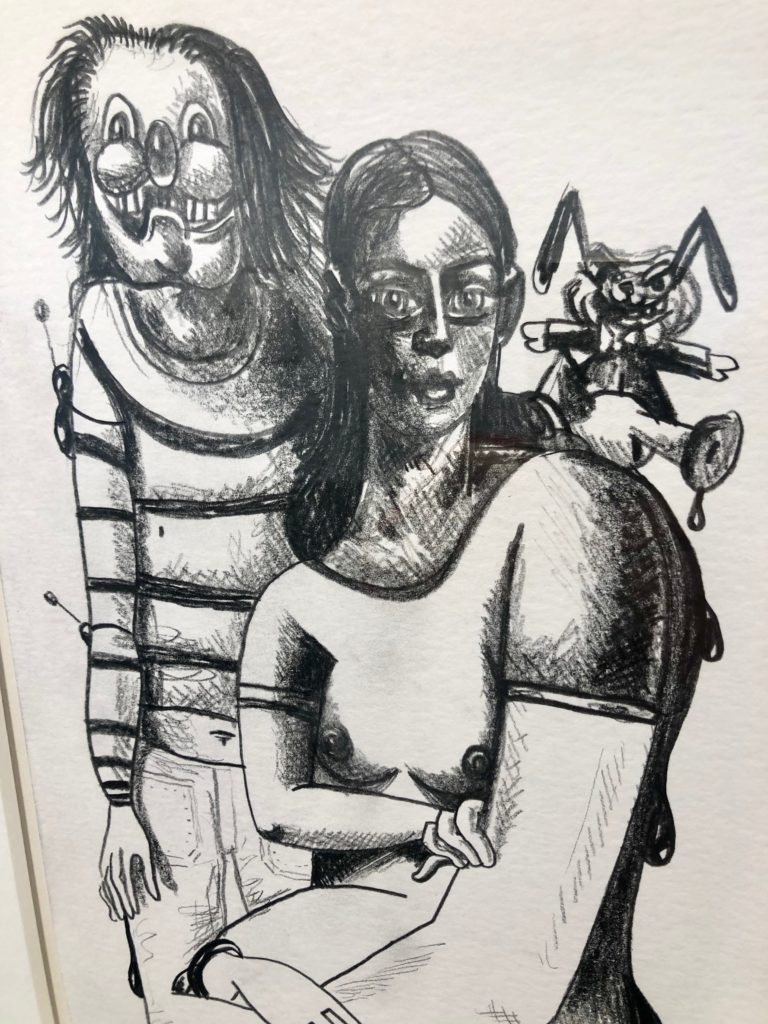
Impressive Condo mini-retrospective at Andrea Caratsch—gruesomely kind of beautiful. Photo courtesy of Kenny Schachter.
Two Hauser charter planes (is an art-themed airline next?) cooled their jets overnight at the Samedan private airport, Europe’s highest, managed by a private group that includes the collector Urs Schwarzenbach, who had a little tax-avoidance issue (along with Gmurzynska Gallery). The airplanes were idling en route to the opening of Hauser’s latest 46-room hotel in Scotland, which Iwan Wirth—who only stayed in St. Mortiz for one night—said contains 14,000 artworks and decorative objects. I wouldn’t call it extravagant, rather good (art) business; Warhol would be thrilled, and probably seated in row 1A. To be clear, I do business with the gallery and they’re the best.
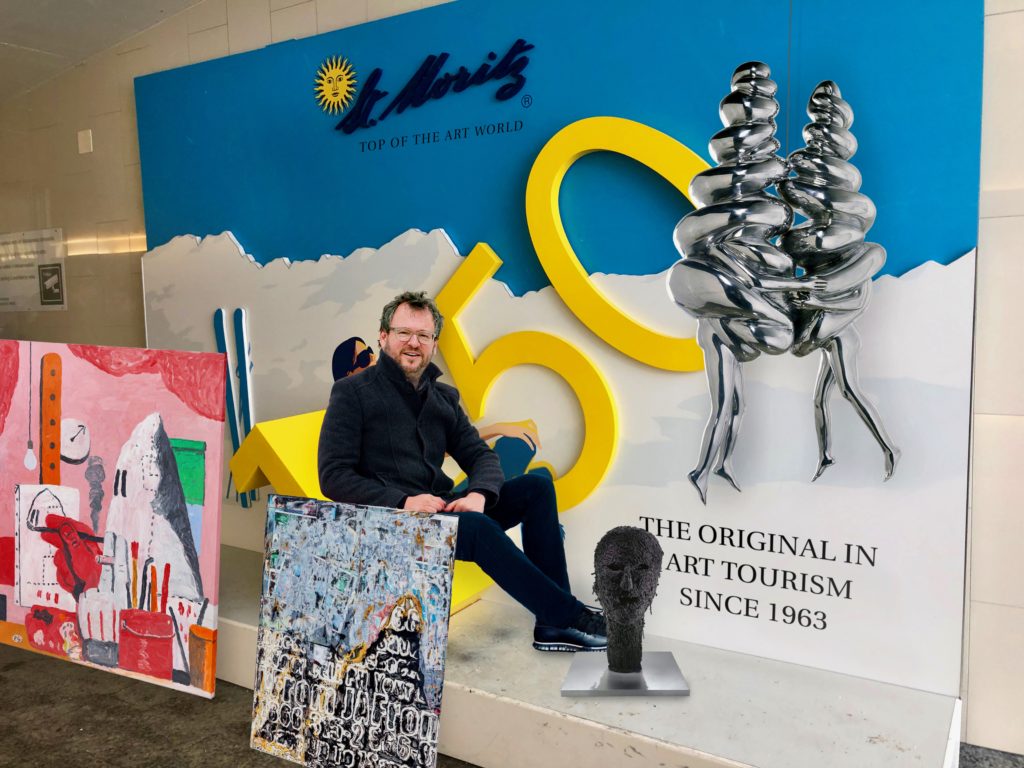
Only those with a high net Wirth need apply. Photo and pun courtesy of Kenny Schachter.
Actually, I have rarely met anyone who loves art as much as art dealers (all of them!) do, and besides showing and buying they generally jump at the opportunity to share information and explain. 107 S-Chanf is run by secondary-market dealer Aroldo (Dino) Zevi, who lives contiguously to the space year round, and Cologne dealer Rafael Jablonka. Dino took my family on an ad hoc yet delightfully explicative tour of his treasure-filled traditional home—it was a highlight. The gallery opened in 2015 with Ross Bleckner and last exhibited Michael Heizer; its latest is Francesco Bonami’s painterly tribute to our friend Hans. I’ve seen Bonami sneak into his office at the Phillips London headquarters, seemingly not wanting to be spied upon, which might have impinged on his art credibility, I’d gather. (He tells me he’s no longer on payroll at the auction house.)
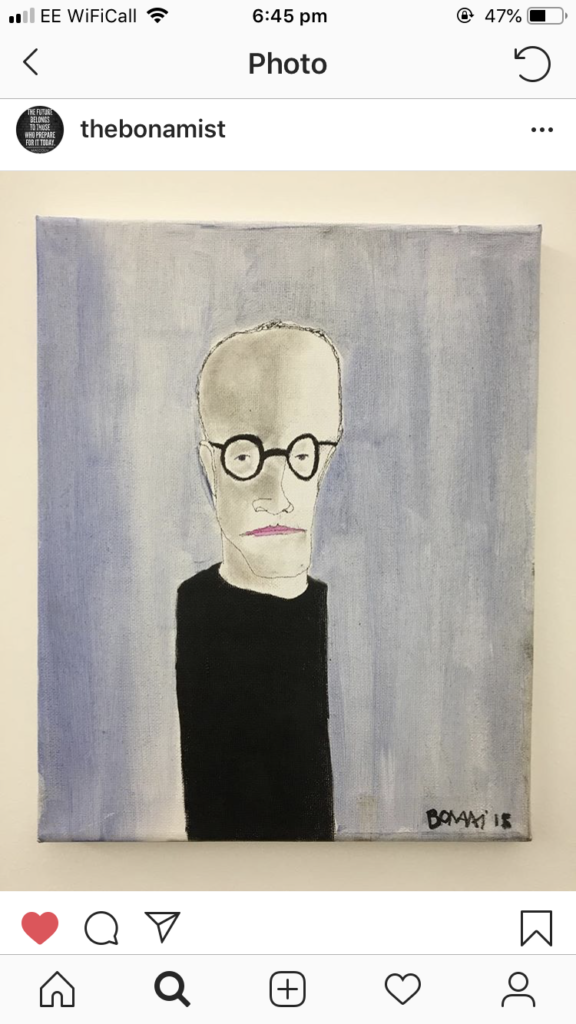
It’s so bad, it’s… bad. Bonami wears as many hats as I do and for that alone he has my heart. Screen grab courtesy of Kenny Schachter.
But art cred he has, in spades—he is among the historical curatorial talents alive. To name but a few of his accolades: director of the 2nd edition of the SITE Santa Fe Biennial in 1997, the 50th edition of the Venice Biennial in 2003, Manifesta 3 (2000), and the 2010 Whitney Biennial (the last two of which he co-organized). Also, for good measure, he’s had stints curating for big-money guns Pinault and Gagosian. He’s clever at seamlessly melding public and private activities; if you are honest, transparent and possess a modicum of morals, there’s no such thing as a conflict of interest. Bonami resumed painting after a 30-plus-year hiatus, and Obrist, Switzerland’s very own wünderkind, proved a natural choice for the venue. As a fan of good bad paintings of the Neil Jenney school, I was impressed—and at 1,200 CHF a pop, the canvases are a mere impulse buy for the St. Moritz set, like a candy bar at a checkout counter.
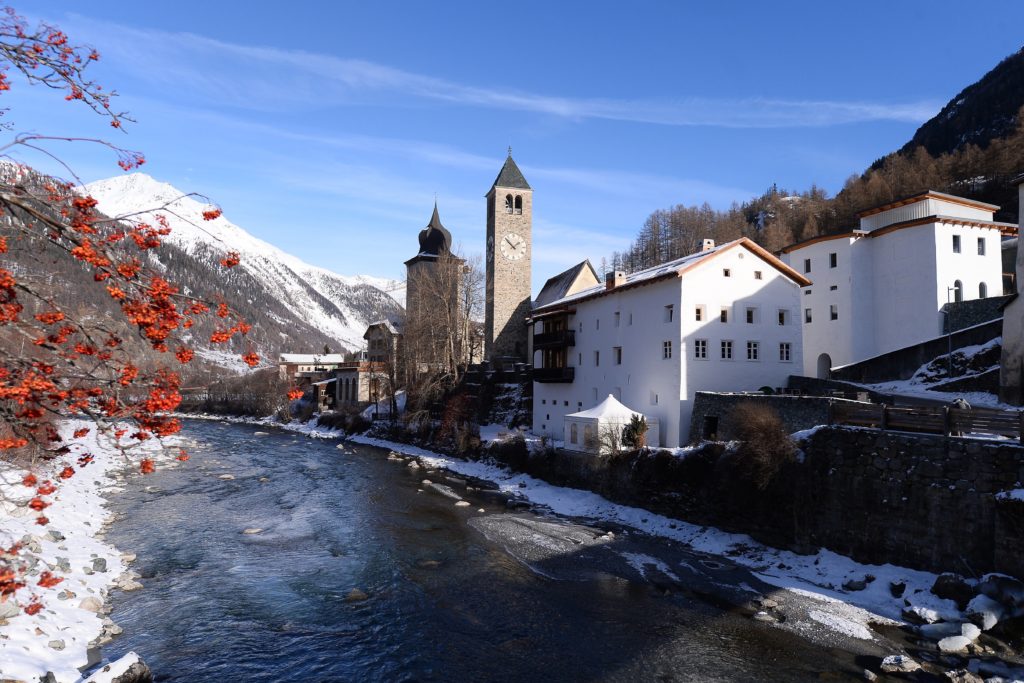
Muzeum Susch—you can’t find a postcard as nice. Image courtesy of Muzeum Susch.
Behold two opposite ends of museological models: the new Muzeum Susch and the Segantini Museum (est. 1908). In Susch, you have 16,000 square feet in a former 12th-century monastery created by entrepreneur and collector Grazyna Kulczyk. The first exhibit in the extraordinarily renovated space is “A Woman Looking at Men Looking at Women,” curated by Tate Liverpool’s Kasia Redzisz, which, as the title makes abundantly apparent, is yet another pedantic slant on an issue better served outside the reaches of the Engadin art crowd. The space succeeds as an art experience—an interesting commission by Monika Sosnowska snakes up the soaring height of the atrium—in a destination impossible to equal. During the opening, bumps of caviar were served directly onto the hands of visitors; you were definitely not in Kansas City anymore, or New York, London, or LA for that matter. Kulczyk’s ex-husband’s St. Moritz house is on the market for nearly $200 million, making it “Switzerland’s most expensive estate” (at least as of 2017).
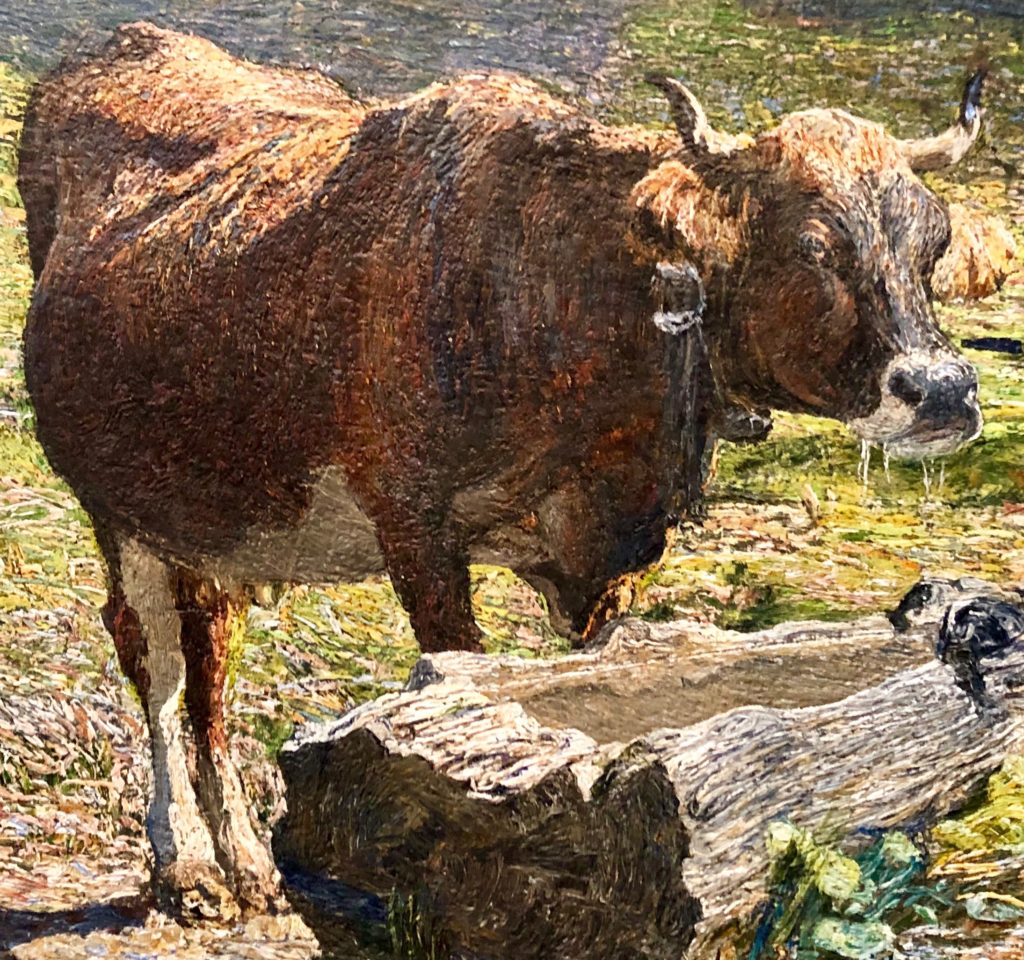
A veritable moo-moo at the Segantini Museum. Photo courtesy of Kenny Schachter.
The Segantini is a diminutive space built into the St. Moritz mountains with lots of luminous, allegorical paintings of the alpine landscape, mostly featuring cows. One thing both museums have in common is an audience, and not an insubstantial one: the Susch had 1,700 for the opening and 600 on the first public day, and when I visited the Segantini in the middle of a sunny day, it was packed full.
Since it’s a new year, I’d be remiss not to make a few predictions: there will be a continued outbreak of gallery guys—galleristos—dating celebrities, like Barbara Gladstone’s Cooke Marony and Jenifer Lawrence, and Sotheby’s Caspar Jopling (Jay’s nephew) and singer Ellie Goulding, who recently announced their engagement. Add to the list the “mystery man” depicted in the Daily Mail after a heavy night with actress Sienna Miller which I can reveal as none other than Lucas Zwirner, scion of the empire. It makes sense— these boys need resourceful ways to augment their status in the hyper-competitive gallery-land pecking order. Another forecast? Galleries will continue to gravitate to far-flung locales with captive audiences well beyond the enclaves of St. Moritz and the Hamptons. Also, art fairs will loosen up the stranglehold and offer a wider berth to participants—in fact, there should be a whole fair devoted to collector/dealer/spec-u-lectors, if only to empty out the world’s overstuffed freeports.
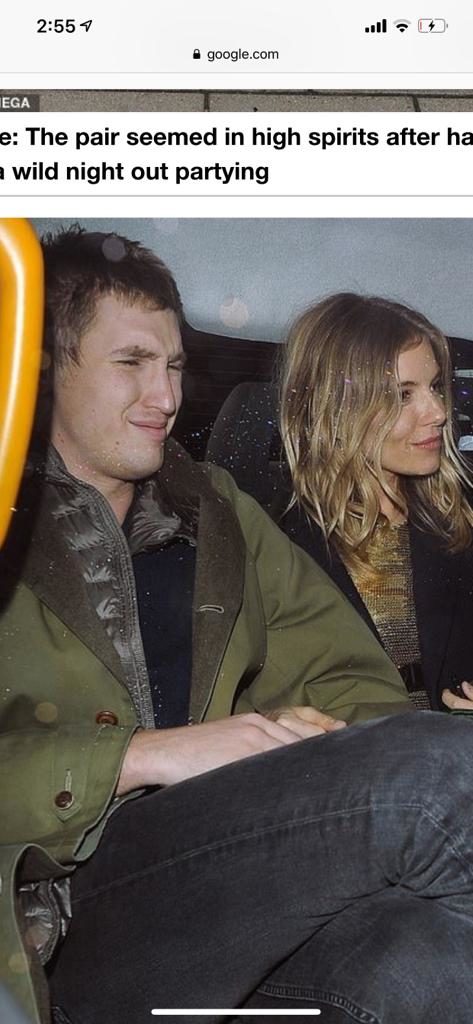
Art bait—gallery guys are the latest must-have accessory. Screen grab courtesy of Kenny Schachter.
Dealers may be the new titans, but artists are still the rock stars. Yes, as Judy Chicago recently stated in relation to fairs, “art is not a carnival,” but today it’s seen as some kind of a social(izing) panacea. Thankfully, I am happy to report, we are in the thick of a titanic expansion of opportunities for a more reflective, inclusive cross-section of participants than ever before.
The plummeting pre-holiday stock market induced some early St. Moritz exits, but art and artists will continue to flourish; yes, we’ll face unavoidable skids ahead on a road as icy as the one I nearly killed myself falling on—I’m still in pain as I type—if the overall market volatility continues at its current whipsaw pace. The ice, like the market, is dangerous—but not thin, and nothing will dampen the surging global appetite for all things art. Not Trump, Brexit or Chinese intransigence.
As the Wall Street Journal just pointed out, the best investments of 2018 were art, wine and cars—and according to Knight Frank’s Wealth Report that’s been the case for years. Nothing goes up forever, granted, but I foresee more of the same for high-quality offerings. I must not be the only one that appreciates a depiction of the Alps, however abstracted, as much (if not more), than the Alps themselves. I wish you all art peace for 2019.